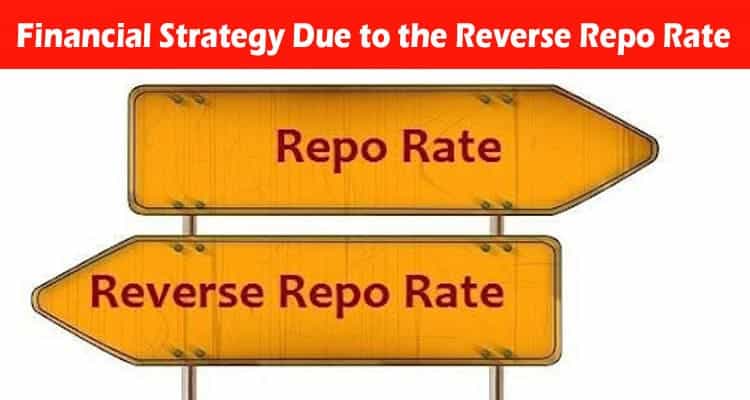When is the Right Time to Adjust Your Financial Strategy Due to the Reverse Repo Rate?

The Reserve Bank of India uses a key monetary policy tool called the Reverse Repo Rate (RRR) to handle the liquidity in the banking system. It substantially impacts everyday financial aspects, such as housing finance, home loan process, and the right time to apply for a home loan. Understanding when to adjust your financial strategy due to changes in the RRR can help you make informed decisions and maximize financial benefits.
The Link Between Reverse Repo Rate and Housing Finance
In essence, the Reverse Repo Rate is the rate at which commercial banks park their excess funds with the Reserve Bank of India. A surge in the reverse repo rate subsequently makes it more attractive for banks to deposit money with RBI rather than lending it out to consumers or businesses. Consequently, it could result in higher interest rates for bank loans, including housing loans.
When the reverse repo rate decreases, banks get a reduced return on the funds they deposit with the RBI. To compensate for this loss, they may choose to lend more to their customers, thus decreasing the cost of borrowing. Hence, a lower reverse repo rate might mean affordable housing finance costs, making it a favorable time to apply for a home loan.
Adjusting Your Home Loan Process
A significant step in the home loan process that prospective borrowers need to address is negotiating interest rates. Having an understanding of the economic trends such as the RRR helps during the negotiation process.
On the advent of a decreased reverse repo rate, individuals currently paying home loans can consider refinancing or transferring their loan to benefit from lower interest rates. Banks and Housing Finance Companies (HFCs) will likely lower their lending rates, leading to a decrease in Equated Monthly Installments (EMIs).
Knowing When to Apply for a Home Loan
The decision to apply for a home loan should largely depend on personal financial stability, current housing needs, and market conditions. That said, understanding the role that the RRR plays in determining interest rates can help you time your home loan application.
When the reverse repo rate is slashed, lenders invariably reduce their MCLR or Marginal Cost of funds based Lending Rate. It translates to a reduced interest burden on floating rate home loans. Therefore, a period of low RRR makes for an ideal time to apply for a home loan, as you will likely secure the loan at a lower interest rate.
Final Thoughts: Adjusting Your Financial Strategy
The reverse repo rate can impact not only your housing finance but also other variables of your financial strategy. If the RRR decreases, you might consider investing in equities as businesses can access cheap credit, which can result in increased profitability and, hence, higher stock prices. On the other hand, high RRR can make fixed income instruments more attractive since the banks’ deposit rates generally increase.
As the reverse repo rate fluctuates, so does your financial position. Staying updated about its trends will allow you to realign your financial strategy accurately and promptly.
Conclusion
The common saying, ‘timing is everything’ certainly applies when adjusting financial strategies based on changes in the reverse repo rate. A lowered RRR can translate into more affordable housing finance rates and make it a suitable time to apply for a home loan. Meanwhile, an increased RRR could see fixed-income instruments becoming more attractive.
Furthermore, adjustments in RRR can also impact the home loan process by influencing negotiations on interest rates and decisions on refinancing existing loans. Essentially, understanding the implications of the RRR and adapting your financial plans accordingly allows for optimized economic outcomes. Knowledge of these financial dynamics empowers consumers to capitalize on policy fluctuation and achieve their financial goals.
